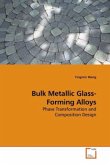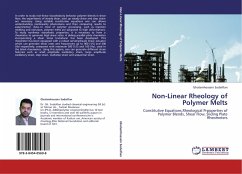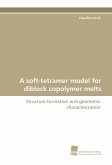Rapid solidification of metals and alloys has
developed from an insignificant activity into an
industrial practice and an important process for
research studies. It is generally brought about by
one of the following two methods. The first is by
rapid quenching from the melt, e.g. melt spinning.
The second method involves undercooling the liquid
by a large degree below its melting temperature
prior to nucleation. In this way, a large driving
force for rapid solidification accumulates due to
the large difference in Gibbs free energy between
the solid and the liquid state. This book presents
on overview of solidifcation and microstructural
evolution of deeply undercooled metallic melts. The
experimental methods for acheiving large degrees of
undercooling prior to nucleation are also
considered. Detailed examples are provided for the
pure Cu, Cu-O and Cu-Sn alloy systems. Special
emphasis is placed on issues including grain
refinement, twinned dendritic growth and dendrite-
tip splitting, as these are currently one of the
most widely studied and yet not fully furnished
microstructural effects observed during
solidification far from equilibrium.
developed from an insignificant activity into an
industrial practice and an important process for
research studies. It is generally brought about by
one of the following two methods. The first is by
rapid quenching from the melt, e.g. melt spinning.
The second method involves undercooling the liquid
by a large degree below its melting temperature
prior to nucleation. In this way, a large driving
force for rapid solidification accumulates due to
the large difference in Gibbs free energy between
the solid and the liquid state. This book presents
on overview of solidifcation and microstructural
evolution of deeply undercooled metallic melts. The
experimental methods for acheiving large degrees of
undercooling prior to nucleation are also
considered. Detailed examples are provided for the
pure Cu, Cu-O and Cu-Sn alloy systems. Special
emphasis is placed on issues including grain
refinement, twinned dendritic growth and dendrite-
tip splitting, as these are currently one of the
most widely studied and yet not fully furnished
microstructural effects observed during
solidification far from equilibrium.








